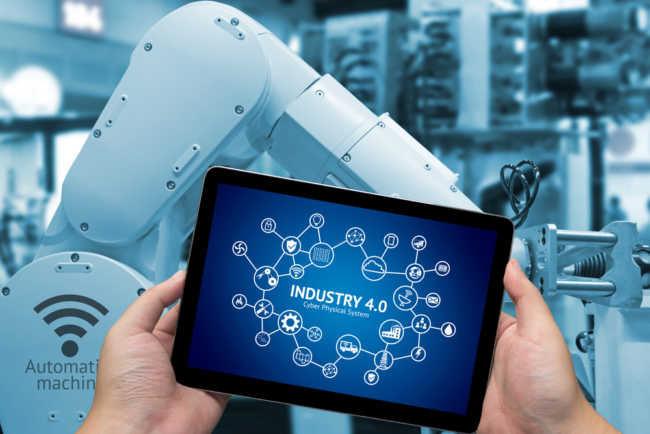
Asset subscribership: What can Industrial market learn from Automotive?
The year 2018 and beyond is poised to be an era of industrial. The industrial market comprises of process industries (oil and gas – up-, mid-, downstream, chemicals, power), discrete (automotive, A&D, electronics, etc.) and hybrids (pharma, F&B, etc.). Every market specified here is undergoing a disruption by digital. At Frost & Sullivan – we […]
Read more →





